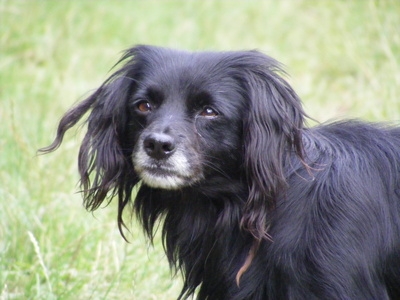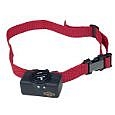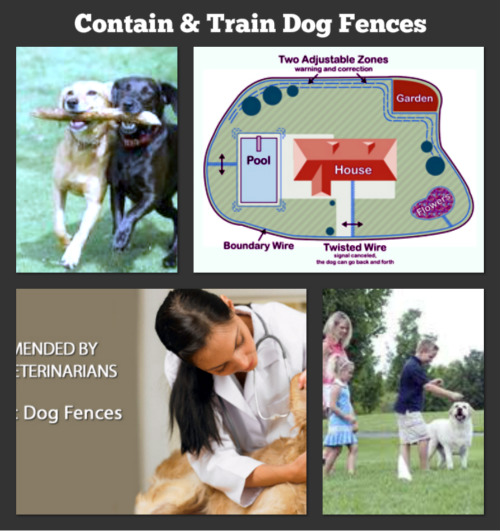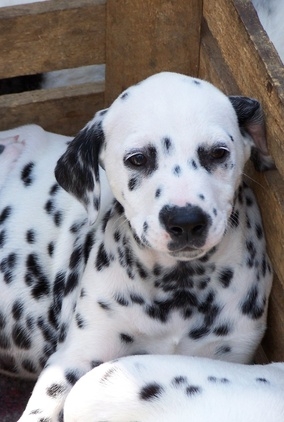When an individual invests in their very first puppy they are generally not too knowledgeable about puppy training. They will often rely on their buddies who have dogs for some assistance. They will find though that even their good friends have diverse opinions regarding how they should train their puppy.
As you might guess some of these strategies are more effective than some others. Since this is actually your first puppy it will be a challenge for you to realize which method is ideal for teaching your puppy.
Let's first have a look back at a number of strategies which once were quite popular but today are seldom used.
Techniques used in the early days of dog training focused on discipline. Any time your dog did anything wrong you would discipline the dog. Punishment varied from popping the leash(this was in fact a method that implemented a choke collar or even a prong collar, whenever you gave it a swift jerk it would cause pain for your dog within the neck) to the utilization of a shock collar. The dog would definitely be given a shock anytime he would actually do something bad. Often it was used to stop a dog from jumping or barking.
The problem with these punishment based training techniques is that you could end up with a very obedient dog but obedient out of fear. This might give you a fearful dog that may end up cowering in the corner every time you yell or you might wind up with a rather aggressive dog that could be dangerous. Not really a good circumstance especially if you are coping with a large breed dog.
Today trainers lean a lot more towards positive types of training for your puppy or dog.
One thing that is certainly emphasized today is the training of a dog starts the minute you bring that puppy home. This is interesting since not all that long ago trainers would delay until a puppy was at least 6 months old before beginning any type training other than potty training. A young puppy's brain is like a sponge, so learning is best at this young age.
So what do we need to know about positive dog training strategies?
When you employ all positive methods to train your dog or puppy be ready with the praise as well as the rewards. Everytime that little bundle of fur does something you want him to do, praise and reward. You can certainly reward simply by using your voice or you can actually give a treat. Either way your puppy will love it and respond accordingly. A typical illustration of this, is, if you have ever seen a canine police officer give his dog a toy after he has found hidden drugs. The dog just adores that toy and you can see he truly enjoys his work. True positive reinforcement.
When making use of these strategies at no time do you hit, spank, scold or even reprimand your puppy in any way. Most puppies do not react well to discipline.
So following are some methods you may be able to put into action when trying to teach that new puppy of yours.
When using treats to reinforce your puppy's good conduct you should definitely have treats on you at all times. If you wish to train your puppy to sit instead of forcing them right into a sit position anytime you see him sitting praise him and reward the behaviour.
A real great time to use a positive technique is when you are trying to potty train your puppy. When your puppy eliminates outside in places you want him to go, again, praise as well as reward. Now when you praise your dog you have to do this in a really upbeat enthusiastic voice which your puppy will react to. A good example of a person who had a very upbeat and enthusiastic voice was Barbara Woodhouse back in the 80's. She is remembered for her iconic word "Walkies". Did her dogs react to her - you bet they did.
Keep in mind as you train that new puppy that he is likely to make mistakes especially when housebreaking but keep up the positive type training and particularly the enthusiasm and your puppy will be trained in no time.
In order to have a trained dog you are going to have to start the training with that puppy. Truth be told there is absolutely nothing much better than to end up being owned by a well-trained dog.

 Training for Blind and Deaf Dogs
Training for Blind and Deaf Dogs
Train
Training for Blind and Deaf Dogs
Training for Blind and Deaf Dogs
Train
 How to Train Jug Puppies
How to Train Jug Puppies
How to Train
How to Train Jug Puppies
How to Train Jug Puppies
How to Train
 How to Buy the Best 'No Bark' Dog Training Collar at the Best Price
How to Buy the Best 'No Bark' Dog Tr
How to Buy the Best 'No Bark' Dog Training Collar at the Best Price
How to Buy the Best 'No Bark' Dog Tr
 How To Contain And Train Dogs Using Electronic Dog Fence
Keeping and training dogs to stay within your vicinity and
How To Contain And Train Dogs Using Electronic Dog Fence
Keeping and training dogs to stay within your vicinity and
 Puppy Potty Training & Regression
Puppy Potty Training & Regression
Puppy Potty Training & Regression
Puppy Potty Training & Regression